 sales@vipmytour.com
sales@vipmytour.com 8618611354735
8618611354735
The Forbidden City, 600 years!
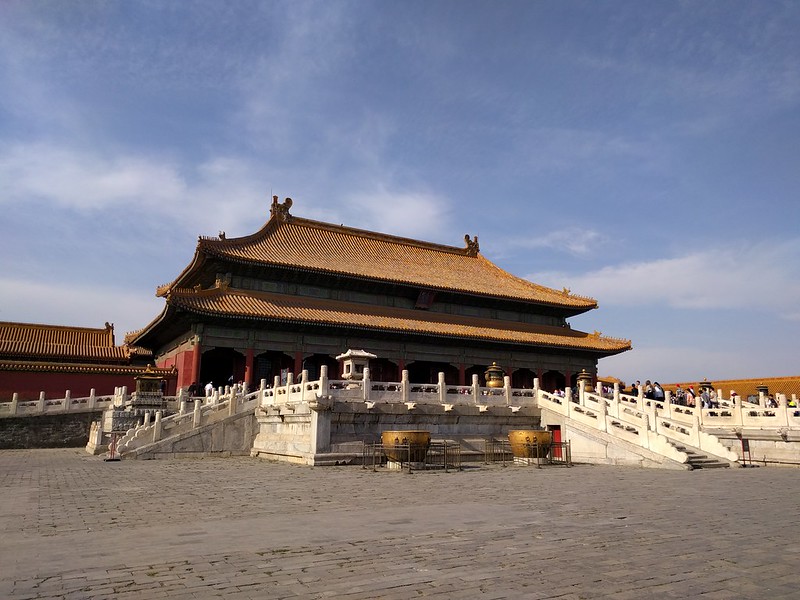 The Forbidden City, 600 years old, has transformed from a royal palace to a people's museum. It has witnessed the Ming and Qing dynasties for more than 500 years. Despite its age, the Forbidden City remains modern, with young people seeing it as a trendy and cool place. The Forbidden City boasts the world's largest palace complex: 961 meters long from north to south, 753 meters wide from east to west, surrounded by 10-meter-high walls, and a 52-meter-wide moat outside the city. It also houses more than 1.8 million pieces (sets) of collectibles, including over 8,000 first-class items. The Forbidden City has endured many storms and changes over the centuries.
The Forbidden City, 600 years old, has transformed from a royal palace to a people's museum. It has witnessed the Ming and Qing dynasties for more than 500 years. Despite its age, the Forbidden City remains modern, with young people seeing it as a trendy and cool place. The Forbidden City boasts the world's largest palace complex: 961 meters long from north to south, 753 meters wide from east to west, surrounded by 10-meter-high walls, and a 52-meter-wide moat outside the city. It also houses more than 1.8 million pieces (sets) of collectibles, including over 8,000 first-class items. The Forbidden City has endured many storms and changes over the centuries.
In Yongle's fourth year (1406 AD), the Ming Yongle Emperor Zhu Di issued an edict to move the capital to Beijing, marking the beginning of the Forbidden City's construction. The Book of the Later Han Dynasty states, "There is the Ziwei Palace in the sky, which is the residence of God. The king imitates the palace. ”Initially, the Forbidden City was inaccessible to ordinary people. To build it, the Yongle Emperor sourced wood from Sichuan, taking over 10 years to gather the required materials.
A statue of Zhu Di, Emperor Chengzu of the Ming Dynasty.
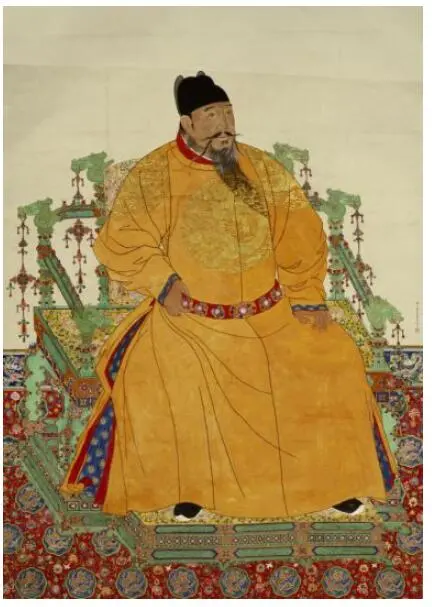
The palace was completed in the 18th year of the Yongle reign (1420 AD), thanks to the efforts of countless skilled craftsmen. However, its early years were plagued by lightning strikes. In 1421, lightning burned down three halls just months after their completion. They were rebuilt in 1441 but struck again during the Jiajing and Wanli periods. It wasn't until 1957, when experts installed lightning rods, that the Forbidden City was finally protected from lightning.
The number of owners the Forbidden City has had depends on how you count. Ming Yongle Emperor Zhu Di built it; Ming Jiajing Emperor remodeled it, changing the palace's internal and external patterns. In 1644, the Forbidden City saw new rulers. That year, the Ming Chongzhen Emperor hanged himself in the coal mountain; Li Zicheng briefly took over before the Qing dynasty's Dorgon welcomed the Shunzhi Emperor to Beijing. The palace's form and appearance changed with its rulers. In Shunzhi's twelfth year (1655 AD), the Qing dynasty rebuilt Kunning Palace, exemplifying Manchu-Chinese integration. In 1723, Yongzheng moved into the Palace of Yangxin, where eight emperors subsequently lived and governed, making it a witness to major historical events of the Qing Dynasty.
On 12 February 1912, Qing Emperor Puyi announced his abdication. In 1924, Puyi and other royal family members were expelled from the Forbidden City. The Forbidden City, having witnessed the lives of 24 emperors, no longer belonged to imperial power. It opened its doors to the public, becoming a museum and belonging to the people.
Forbidden City in early 20th century.
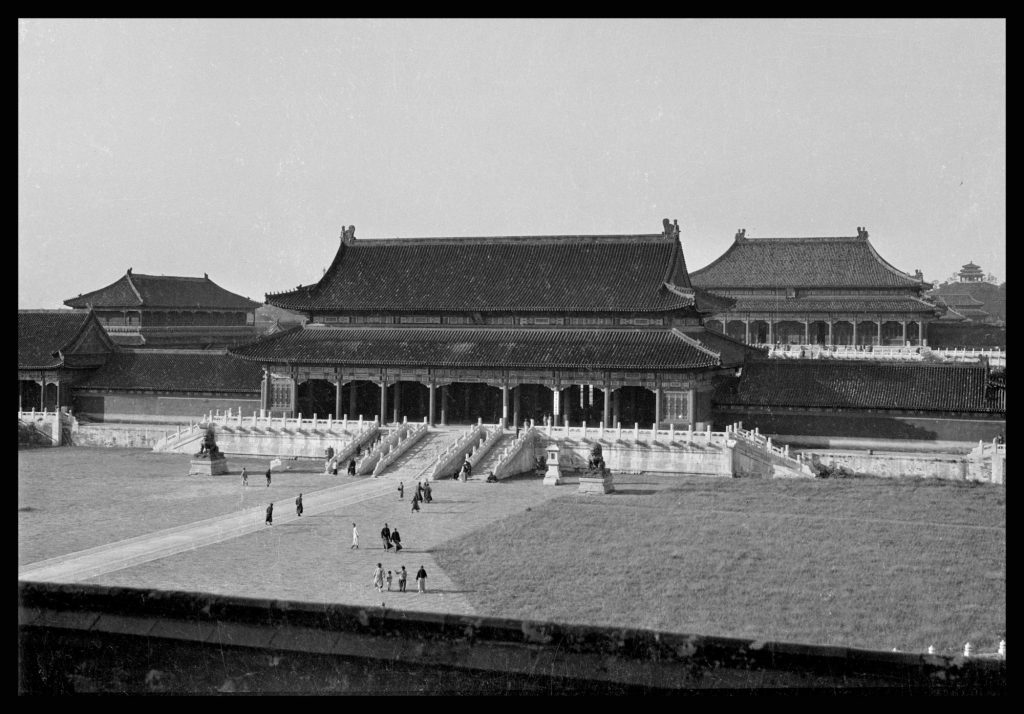
In 1925, the Forbidden City was renamed the Palace Museum. However, during turbulent times, it suffered war devastations. After the "September 18" Incident in 1931, the safety of the Palace's cultural relics became a major concern. In 1933, the Palace Museum Council decided to move the antiquities south. Over 2,000 boxes of relics were relocated to Sichuan for safety, returning only after the war ended.
By 1949, with the founding of New China, the war-ravaged Forbidden City awaited reconstruction. Approximately 250,000 cubic meters of soil were removed. In May 1949, restoration of the ancient buildings began, gradually reviving the former imperial palace. In December 1987, the Forbidden City was included in the World Heritage List at the World Heritage Conference in Paris.
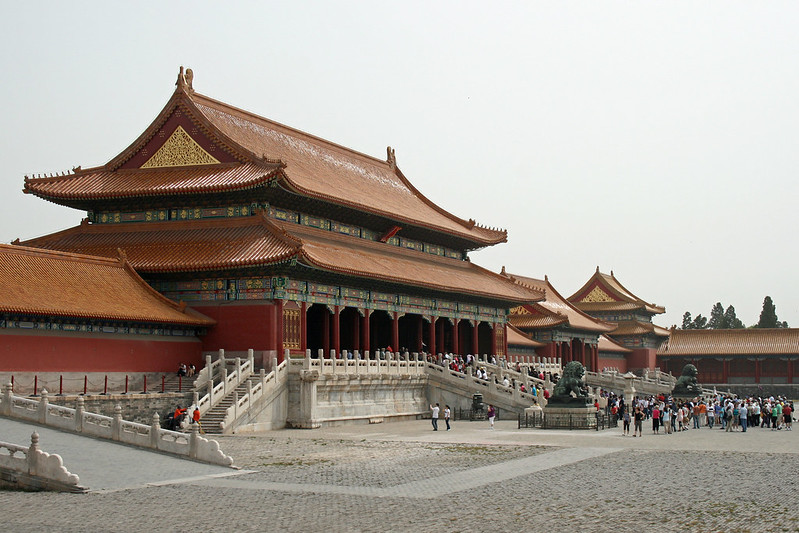
In 2002, the Forbidden City's "hundred years of major repairs" began. Concurrently, it became a trendy and cool sensation among young people. In 2013, the Forbidden City solicited public ideas for cultural products, resulting in popular items like "travelling on orders" luggage tags and "I am such a man" folding fans.
Over the years, the open area of the Palace expanded, and more cultural relics were exhibited. Visitors could see valuable collections such as "Qingming Shanghe Tu" and "thousands of miles of rivers and mountains map." The "Forbidden City run" became a popular event, and the documentary "The Forbidden City in the Forbidden City to repair cultural relics" brought attention to cultural relics restorers as a career. The Forbidden City gained an increasing number of online fans, and "Forbidden City" became a significant cultural and creative brand.
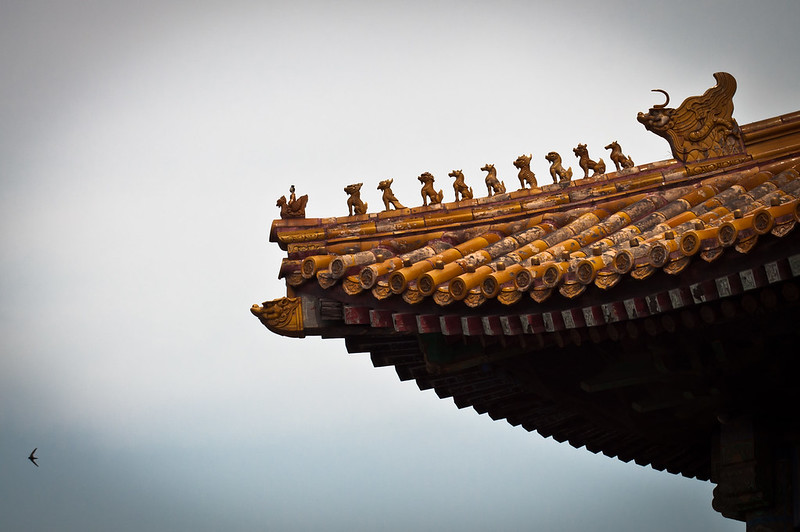
Today, the Forbidden City's 600-year exhibition showcases cultural relics that narrate its history. May the Forbidden City continue to stand for another 600 years, sharing its stories with future generations.


